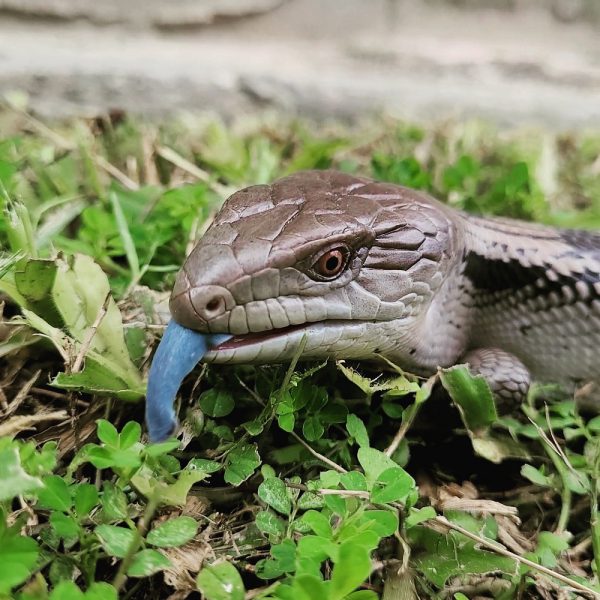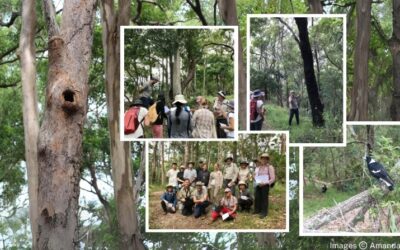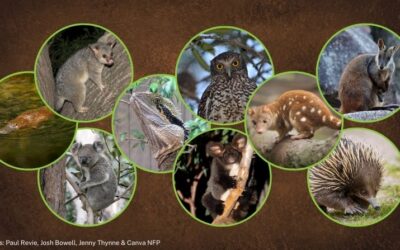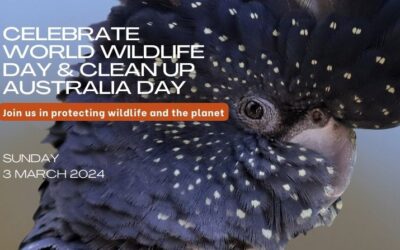21 August 2021 | By Amanda Little
As valuable habitat for our native wildlife decreases, more and more of our native birds, mammals, reptiles, and frogs are moving into urban areas. The problem is very few of our urban areas provide a suitable habitat for wildlife.
The good news is there are simple things you can do to create a low-maintenance, wildlife-friendly oasis — and you don’t need a large space or budget to do it!
Attracting wildlife to your garden
One of the best ways to attract wildlife to your garden is to fill it with native plants.
Native wildflowers are easy to grow and maintain and are often more resistant to pests than non-natives.
Native flowering plants that attract nectar and pollen-eating birds include:
- Callistemon
- Melaleucas
- Banksias
- Grevilleas.
Native plants that may attract parrots, finches and other fruit and seed-eating species include:
- Native grasses
- Lomandras
- Casuarinas
- Native figs.
More common garden plants are also good to include in the mix to create a food market for local insects.
Many insects are beneficial to the garden and will also provide a ready food source for other creatures such as lizards and birds.
Butterflies and bees love common garden plants like:
- Basil
- Rosemary
- Lavender.
Exotic citrus trees are good for Orchard Swallowtail butterfly caterpillars.
Creating a wildlife-friendly oasis
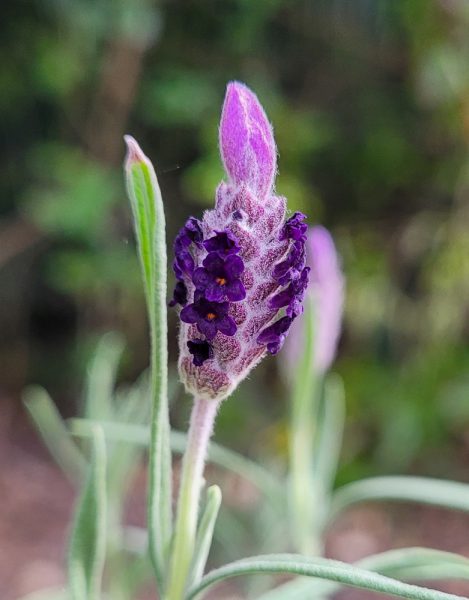 Creating a wildlife-friendly garden doesn’t have to be a costly exercise, says Brisbane resident, Barbara Elliot.
Creating a wildlife-friendly garden doesn’t have to be a costly exercise, says Brisbane resident, Barbara Elliot.
“I had an empty corner of my back garden that I was wanting to convert into a haven for butterflies, birds, and bees (and as many other little wildlife visitors as possible). My front garden had bottlebrush and other flowers that attract insects and pollinators. I was able to transfer some of these to my back garden and I purchased other plants at reduced prices from the nursery,” said Barbara.
“In total, my back corner garden transformation cost approximately $170 for the birdbath (the other birdbath was recycled), soil, and plants (bought at reduced prices). I used old logs from my front garden to support the raised garden bed area as well as an old garden bed kit from Aldi that had been left in the garage.”
Have a look at some of the wildlife Barbara’s corner garden conversion project has already attracted, in the PDF guide below!
“I haven’t completely finished the area yet. I’m going to let it settle for a bit and then add some more native plants and grasses. But we’ve already had blue tongue lizards, lorikeets, galahs, butcherbirds, possums, and lots of butterflies visit,” said Barbara.
Download Barbara’s Step-by-step guide to converting a corner garden into a wildlife wonderland [PDF 152 KB]
Related information
- Use the Griffith University GroNative app to find local Southeast Queensland plants that caterpillars of local butterflies can eat.
- iNaturalist: Become a citizen scientist, record your nature observations and share with other naturalists
Editor’s Note: Brisbane City Council’s Free Native Plants program offers a range of plants to enable the community to help grow Brisbane’s urban forest and support wildlife. Other councils offer similar programs.
More Wildlife Blogs
5 fascinating facts about Australia’s iconic eucalypts
Eucalypts, those quintessentially Aussie trees, are a true-blue symbol of our land. With approximately 900 species of eucalypt on the planet, almost all of which are native to Australia, it’s no wonder they have their own national day on 23 March!
Who’s visiting your backyard? Identifying wildlife from their scat
Whether you’re in your backyard, exploring a park, or hiking through the bush, do you ever wonder what wildlife species are nearby? Even when wildlife isn’t readily visible, they often leave subtle traces of their presence. One such clue that nature leaves behind is scat, the faeces of animals.
Connecting people and planet on World Wildlife Day
On Sunday 3 March 2024, join us in celebrating Queensland’s incredible biodiversity and taking action to protect it. From wildlife conservation events to community clean-up efforts, there are plenty of opportunities to get involved and make a difference.

